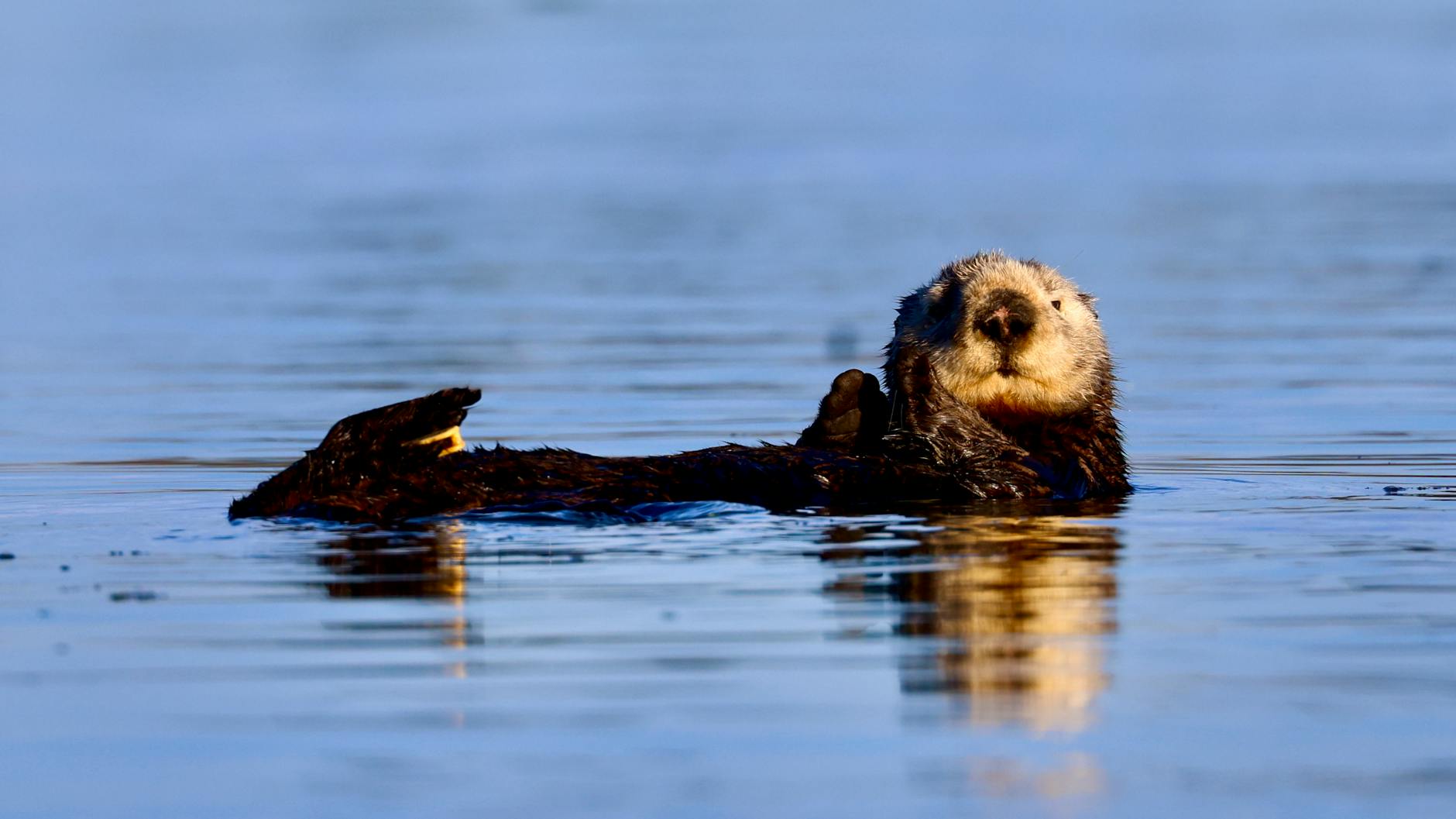
Sea Otters: The Ocean’s Furry Protectors
Imagine floating on your back in a bed of kelp, cracking open shellfish with a rock—welcome to the life of a sea otter. These coastal dwellers are not just adorable; they’re vital to the balance of ocean ecosystems.
Meet the Sea Otter
Sea otters (Enhydra lutris) inhabit the chilly waters of the North Pacific, from northern Japan to Alaska and down to California. Unlike river otters, they’re true marine mammals, rarely coming to shore.
Built for the Sea
Sea otters can reach 4 to 5 feet in length and weigh 50–100 pounds. Their fur is the thickest in the animal kingdom—up to 1 million hairs per square inch—providing insulation in cold waters where blubber isn’t enough.
They also have:
- Webbed hind feet for powerful swimming
- Short, flat tails
- Front paws used like hands for gripping tools and food
Eating with Tools
Sea otters are famous for using rocks to open shellfish, making them one of the few non-human animals to regularly use tools.
Their diet includes:
- Sea urchins
- Mussels
- Clams
- Crabs
- Snails
By keeping urchin populations in check, sea otters protect kelp forests, which are critical marine habitats and carbon sinks.
Social Structure and Daily Life
Sea otters spend most of their time floating on their backs. They groom their fur constantly to maintain its insulating power. Groups, or “rafts,” often consist of all males or all females and can include dozens of otters at a time.
Mothers are highly attentive and often seen carrying pups on their bellies while floating.
Conservation Status
Once hunted to near extinction for their luxurious fur, sea otters are now protected—but their numbers remain vulnerable. Threats include:
- Oil spills
- Fishing gear entanglement
- Disease
- Climate change
Sea otters are currently classified as Endangered or Threatened, depending on the population.
Why We Love Them
Sea otters are more than a pretty face—they’re ecosystem engineers, holding together the delicate balance of life in coastal waters. Their survival is tied to the health of the oceans themselves.
More photos below ↓








Disclaimer: This blog post is for edutainment purposes only and may not be entirely accurate.






